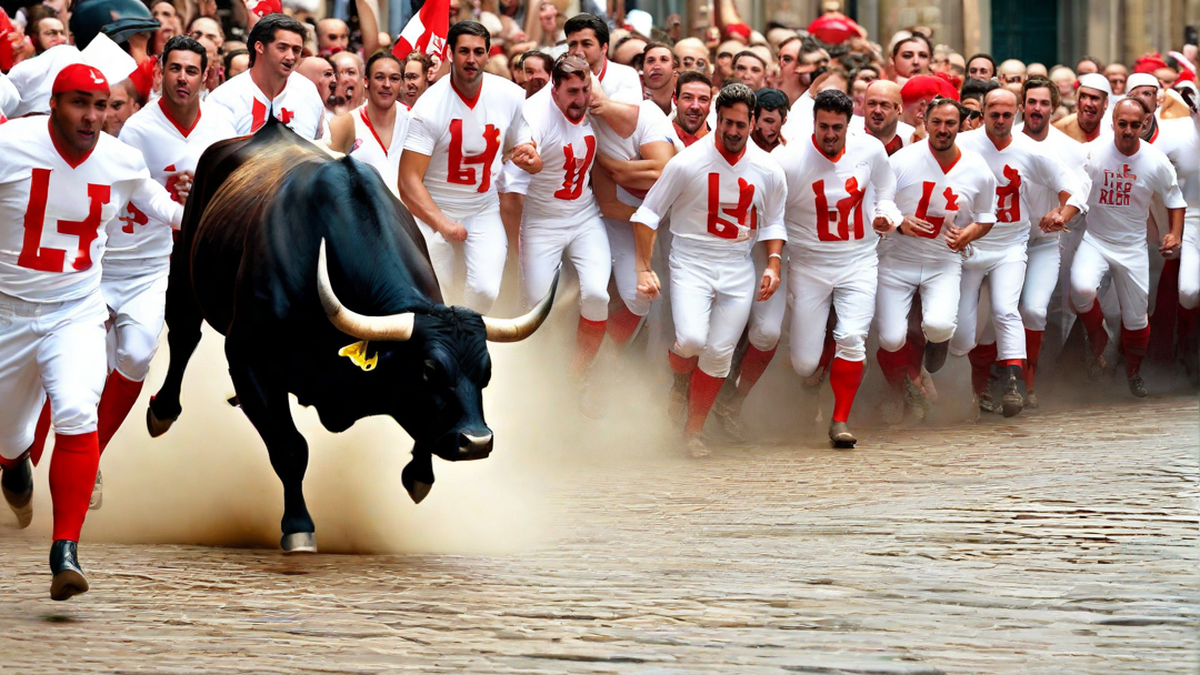The tradition of the Running of the Bulls, also known as the encierro, can be traced back to the 14th century in the Spanish city of Pamplona. This heart-pounding event takes place during the San Fermín festival, which honors Saint Fermin, the co-patron of Navarre. The roots of the festival date back to medieval times, but it wasn’t until the 19th century that the encierro became an integral part of the annual celebration.
My research revealed that the running of the bulls was likely started as a method to transport the animals from their holding pen to the bullring, where they would ultimately face matadors in a bullfight. Over time, locals began to join in the adrenaline-fueled run through the cobblestone streets of Pamplona, either for the sheer thrill of the experience or to show off their bravery.
As I delved deeper into the history of this iconic tradition, I discovered that the modern version of the encierro, with its strict regulations and time-honored customs, was largely influenced by the efforts of local enthusiasts in the 20th century. These dedicated individuals worked tirelessly to refine the running of the bulls, ensuring that it remained an exhilarating yet safe experience for both participants and spectators.
From what I’ve learned, the running of the bulls has become synonymous with courage, tradition, and a sense of community in Pamplona. The event captures the attention of people from all over the world, drawing both participants and curious onlookers to the city’s streets every July.
Throughout the centuries, the running of the bulls has evolved from a practical task into a globally renowned spectacle that continues to intrigue and captivate people of all backgrounds. It’s fascinating to see how this tradition has endured the test of time, making it a truly unique and thrilling experience for those who partake in or witness the heart-pounding spectacle.

